
Sigiriya Lion Rock: A Majestic Journey into History
Explore Sigiriya Lion Rock, a UNESCO World Heritage site in Sri Lanka, with stunning views, ancient frescoes, and rich history awaiting every visitor.
Discover the breathtaking Sigiriya Lion Rock, an ancient fortress and UNESCO World Heritage site in Sri Lanka. Climb its steep stairways to unveil stunning views, intricate frescoes, and a rich tapestry of history that captivates every traveler.
A brief summary to Sigiriya Lion Rock
- XQ46+R46, Sigiriya, LK
- Visit website
Local tips
- Visit early in the morning or late in the afternoon to avoid the heat and enjoy a quiet climb.
- Wear comfortable shoes, as the ascent involves steep and narrow staircases.
- Bring plenty of water and stay hydrated during your visit, especially on hot days.
- Take your time to explore the gardens and the frescoes; they are as captivating as the summit views.
- Consider hiring a local guide for deeper insights into the history and significance of Sigiriya.
Getting There
-
Car
From Minneriya National Park, drive west towards the A1 highway. Take the A1 route towards Dambulla. Continue for approximately 20 kilometers until you reach the town of Sigiriya. Look for signs directing you to Sigiriya Lion Rock. Once you arrive at the entrance, you will need to pay an entrance fee of approximately 4,000 LKR for foreign visitors. Follow the designated path leading to the rock.
-
Public Transportation
To reach Sigiriya Lion Rock from Minneriya National Park using public transportation, first, make your way to the nearest bus stop at Habarana. You can reach Habarana by taking a tuk-tuk or a taxi from the park. Once at Habarana, catch a bus heading to Sigiriya. The journey will take around 30 minutes and cost approximately 50 LKR. Once you arrive at the Sigiriya town bus station, follow the signs to the entrance of Sigiriya Lion Rock, which is about a 15-minute walk from the station.
-
Tuk-tuk
For a more convenient option, hire a tuk-tuk from within Minneriya National Park to take you directly to Sigiriya Lion Rock. The travel time is around 30 minutes, and the fare typically ranges between 1,500 to 2,500 LKR, depending on your negotiation skills. Ensure you agree on the fare before starting your journey. Upon arrival, you will need to pay the entrance fee of approximately 4,000 LKR for foreign visitors.
Discover more about Sigiriya Lion Rock
Iconic landmarks you can’t miss
RAVAN PLASE
0.0 km
Explore the rich legends and stunning landscapes at Ravan Plase, a historical landmark in Dambulla, Sri Lanka, steeped in ancient tales and cultural heritage.
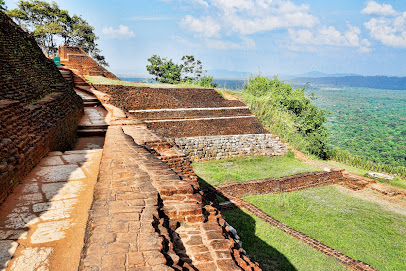
Sigiri Rock
0.1 km
Discover the historical marvel of Sigiri Rock, an ancient fortress in Sri Lanka with stunning frescoes, panoramic views, and a fascinating royal history.
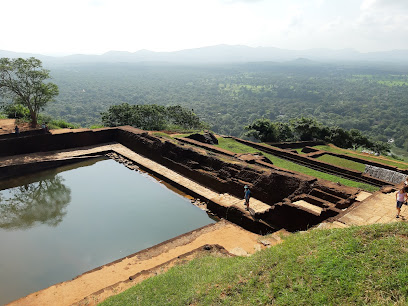
Awdangawa
0.3 km
Discover Awdangawa: A stunning hiking area near Sigiriya, perfect for nature lovers and adventure seekers in the heart of Sri Lanka.

Rock View Elephant Sufari RAVI SIGIRIYA
0.7 km
Explore the wonders of Sri Lanka's wildlife at Rock View Elephant Safari in Sigiriya, where unforgettable elephant encounters await.

Ancient Bodhi near Sigiriya
0.7 km
Experience tranquility and spirituality at the Ancient Bodhi near Sigiriya, a historical landmark that connects you to Sri Lanka's rich heritage.
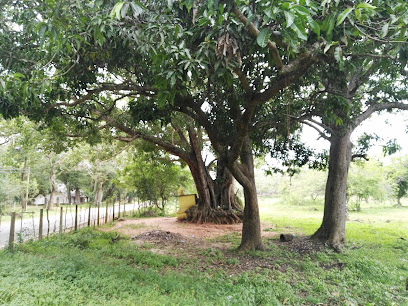
Mapagala Fortress
0.7 km
Discover the ancient allure of Mapagala Fortress, a stunning historical landmark in Sigiriya, offering breathtaking views and rich cultural heritage.
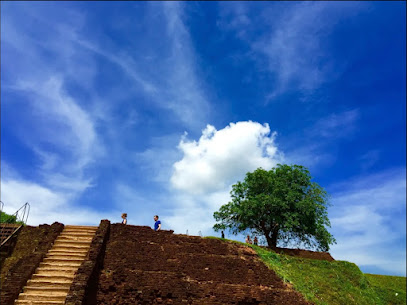
Kings gallery sigiriya
0.7 km
Experience culinary excellence at Kings Gallery Sigiriya, where local flavors meet stunning views of Sigiriya Rock.
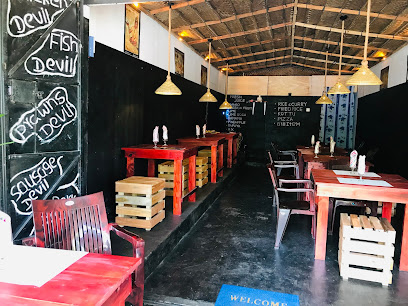
Sigiriya Village Hotel
0.8 km
Experience the beauty of Sri Lanka at Sigiriya Village Hotel, your gateway to the stunning Sigiriya Rock Fortress and authentic local cuisine.

Sigiriya Fortress - Ticket Counter (For Locals)
0.9 km
Explore the breathtaking Sigiriya Fortress, a UNESCO World Heritage Site showcasing ancient Sri Lankan architecture and stunning natural landscapes.
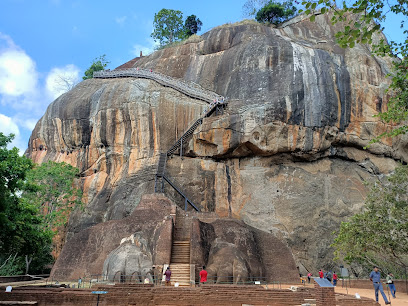
Yan Oya (යාන් ඔය)
1.0 km
Discover the tranquil beauty and rich history of Yan Oya, a captivating landmark in Sigiriya, Sri Lanka, perfect for cultural enthusiasts and nature lovers.
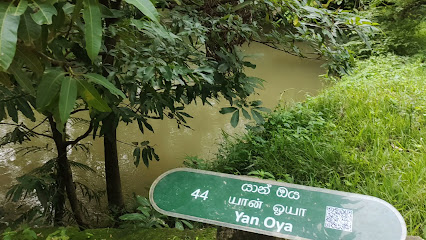
Sigiriya Rock Hide
1.5 km
Experience the charm of Sigiriya Rock Hide, a serene guest house near Sri Lanka's iconic Sigiriya Rock Fortress, perfect for relaxation and exploration.

Royal Rock Sigiriya
1.8 km
Discover the enchanting Royal Rock Sigiriya, where serene landscapes meet unparalleled hospitality in the heart of Sri Lanka's cultural wonders.

Sigiriya local car park
1.8 km
Discover the Sigiriya Local Car Park, your free gateway to the ancient Sigiriya Rock Fortress, surrounded by breathtaking landscapes and vibrant local culture.
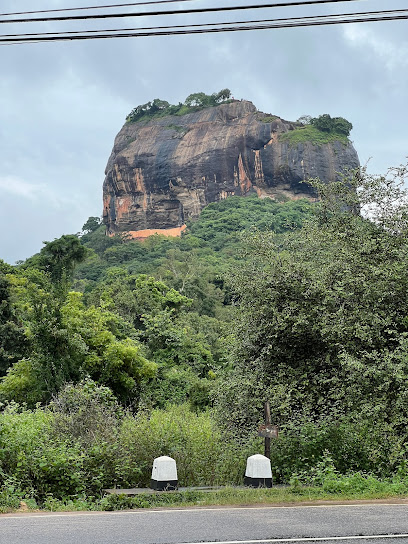
Unmissable attractions to see
Sigiriya
0.0 km
Experience the majesty of Sigiriya, Sri Lanka's ancient fortress, where history, stunning frescoes, and breathtaking views converge.

Highest point of Sigiriya Rock
0.0 km
Explore the stunning Sigiriya Rock, a UNESCO World Heritage site, where history, culture, and breathtaking views converge in Sri Lanka.
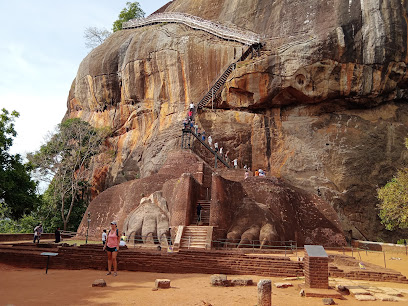
Sigiriya palace
0.1 km
Explore the ancient Sigiriya Palace, a UNESCO World Heritage Site, with stunning rock formations, historical significance, and breathtaking views in Sri Lanka.
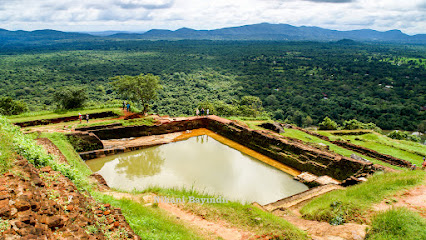
Lion's Paw
0.1 km
Explore the Lion's Paw, an extraordinary historical landmark in Sigiriya, Sri Lanka, showcasing remarkable craftsmanship and breathtaking views.
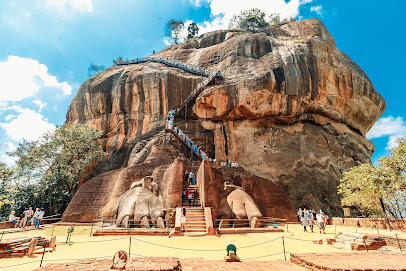
Sigiriya Frescoes (480 AD)
0.1 km
Explore the breathtaking Sigiriya Frescoes, a 5th-century marvel reflecting Sri Lanka's rich cultural heritage and artistry amidst stunning landscapes.
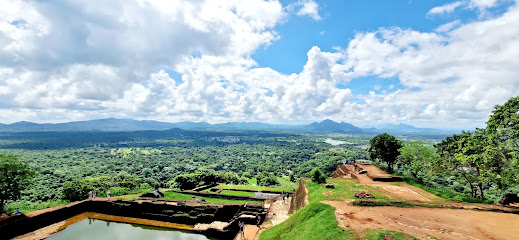
Entrance Walkway
0.1 km
Discover the breathtaking Sigiriya, an ancient rock fortress in Sri Lanka offering stunning views, rich history, and mesmerizing frescoes.

Cobra Hood Cave | Sigiriya
0.1 km
Explore the Cobra Hood Cave in Sigiriya, a captivating historical landmark revealing Sri Lanka's ancient heritage and stunning natural beauty.
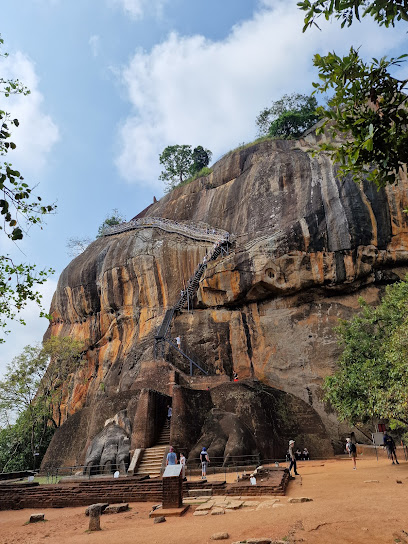
Preaching Rock | Sigiriya
0.2 km
Explore the breathtaking Preaching Rock of Sigiriya, a historical landmark showcasing ancient artistry amidst stunning natural beauty.
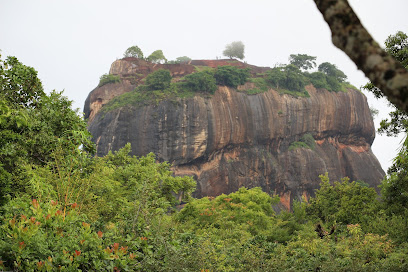
Sigiriya - Audience Hall
0.2 km
Discover the historical allure of Sigiriya's Audience Hall, where ancient architecture meets breathtaking landscapes in Sri Lanka's iconic Lion Rock.
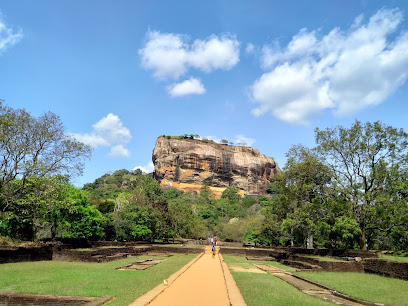
Summer Palace
0.5 km
Explore the Summer Palace in Sigiriya, a UNESCO World Heritage Site boasting ancient architecture, stunning views, and rich Sri Lankan history.
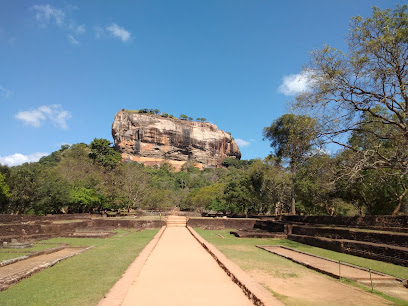
Sigiriya Tank
0.5 km
Experience the tranquil beauty of Sigiriya Tank, a picturesque oasis near the iconic Sigiriya Rock, perfect for nature lovers and photographers.
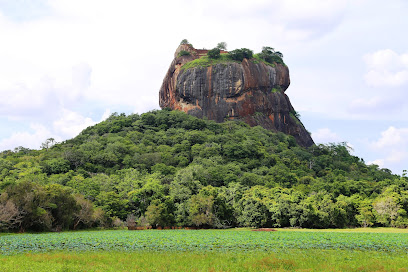
Water Fountains | Sigiriya
0.5 km
Explore the mesmerizing ancient water fountains at Sigiriya, a remarkable blend of history, engineering, and natural beauty in Sri Lanka.
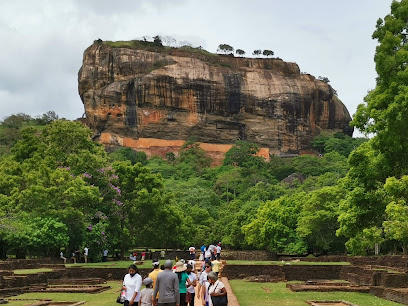
Water Garden - Sigiriya
0.6 km
Explore the tranquil Water Garden in Sigiriya, a historical landmark blending nature's beauty with ancient engineering marvels.
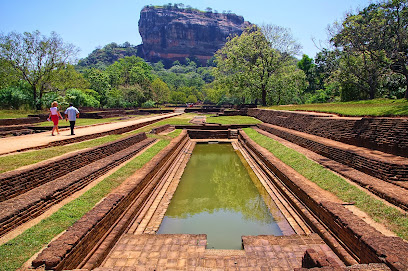
Sigiriya - Pidurangala Wildlife Sanctuary
0.6 km
Explore the lush landscapes and diverse wildlife of Sigiriya - Pidurangala Wildlife Sanctuary, a natural treasure in Sri Lanka.
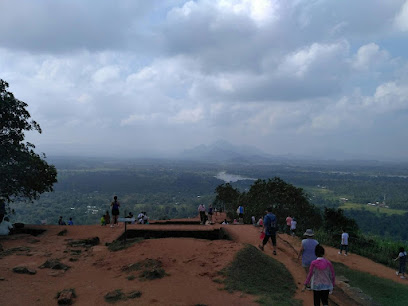
Sudath Safari & Tours Sri Lanka
0.6 km
Discover Sri Lanka's wildlife and natural beauty with Sudath Safari & Tours, where unforgettable adventures await in stunning national parks.
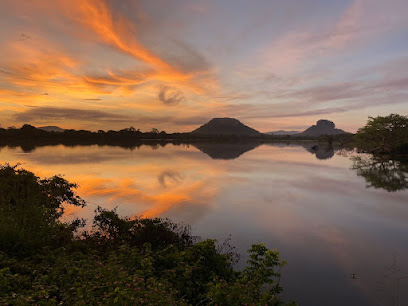
Essential places to dine
Ranketha Traditional Food
0.3 km
Experience authentic Sri Lankan cuisine at Ranketha Traditional Food in Sigiriya – a delightful culinary journey amidst stunning landscapes.
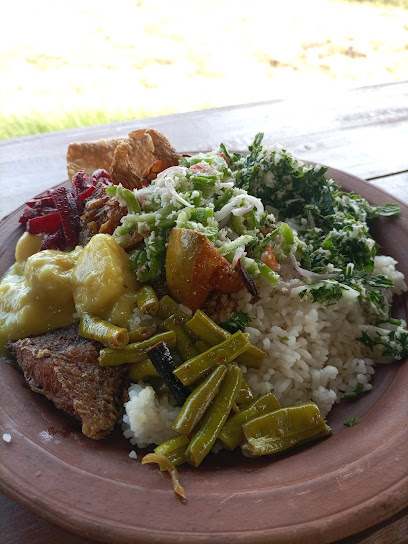
One Love Sigiriya Restaurant
0.7 km
Discover authentic Sri Lankan flavors at One Love Sigiriya Restaurant, where every meal is a celebration of local culinary traditions.
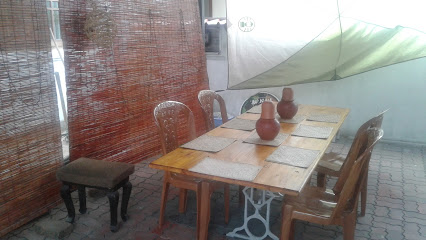
In To The Wild
0.7 km
Experience authentic Indian cuisine at In To The Wild in Sigiriya - where rich flavors meet warm hospitality.
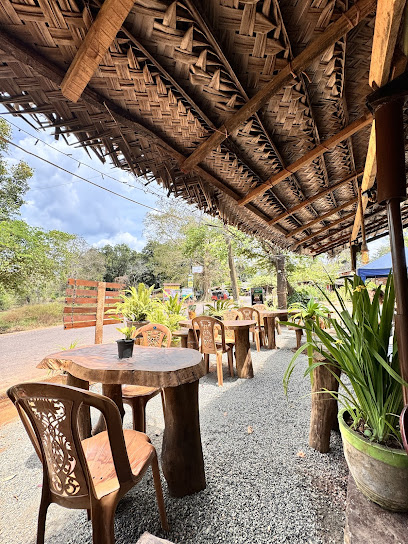
Sigiriya Lion Face
0.7 km
Discover the stunning Sigiriya Lion Face - a UNESCO World Heritage Site showcasing ancient architecture and breathtaking views in Sri Lanka.
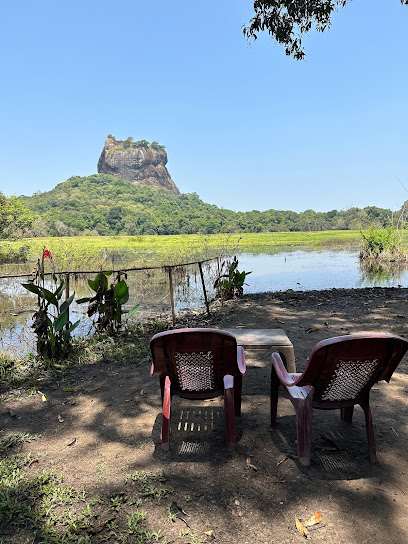
Saffron place lake
0.7 km
Discover authentic Sri Lankan cuisine at Saffron Place Lake in Sigiriya - where every meal is a journey through flavors.
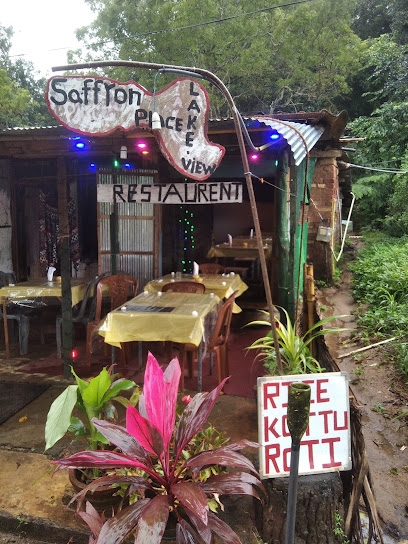
Soul Food
0.7 km
Discover delightful vegetarian dishes at Soul Food in Sigiriya—where local flavors meet eco-friendly dining in a charming setting.

Chill and hot restaurant sigiriya
0.7 km
Discover authentic Asian cuisine at Chill and Hot Restaurant in Sigiriya - where every dish tells a story of flavor.
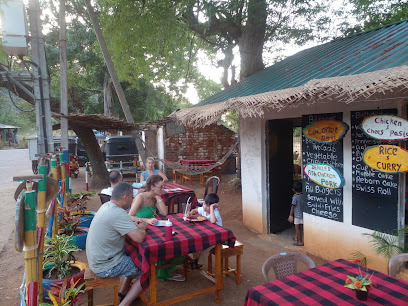
Sigiri Rock View Point - the Restaurant
0.7 km
Experience breathtaking views and authentic Sri Lankan cuisine at Sigiri Rock View Point - your perfect dining escape in Sigiriya.
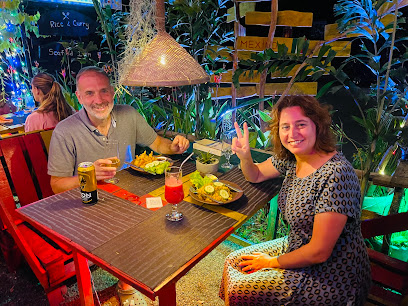
Little hut sigiriya
0.7 km
Discover authentic Sri Lankan flavors at Little Hut in Sigiriya, where every meal offers breathtaking views and warm hospitality.
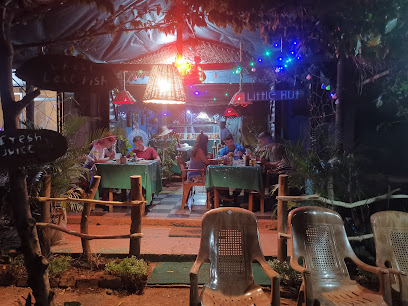
Culinary crafts cafe restaurant
0.7 km
Experience authentic Sri Lankan cuisine at Culinary Crafts Cafe in Sigiriya - where every dish tells a story.

Sigiriya Wew Thawulla Restaurant
0.8 km
Experience authentic Sri Lankan cuisine with breathtaking views at Sigiriya Wew Thawulla Restaurant - a culinary treasure near ancient ruins.
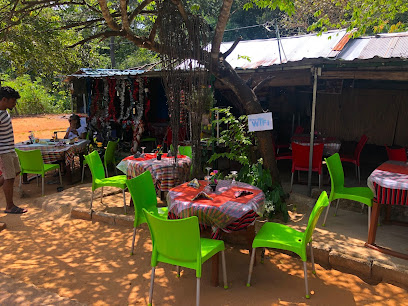
New Tharumila Family Restaurant
0.8 km
Savor authentic Sri Lankan flavors at New Tharumila Family Restaurant in Sigiriya – where every meal tells a story.
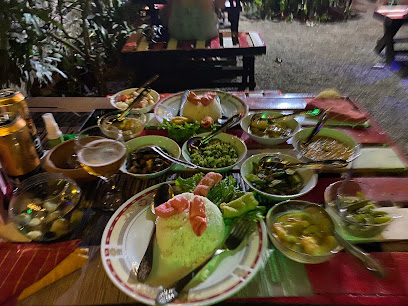
The Downtown Gastropub
0.8 km
Discover the vibrant flavors of Sri Lanka at The Downtown Gastropub in Sigiriya – where local meets global culinary delights.
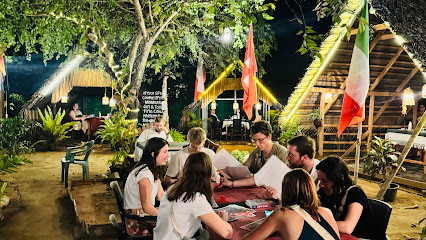
Chooti Restaurant Sigiriya
0.9 km
Discover authentic Sri Lankan flavors at Chooti Restaurant in Sigiriya – a budget-friendly culinary haven amidst breathtaking landscapes.
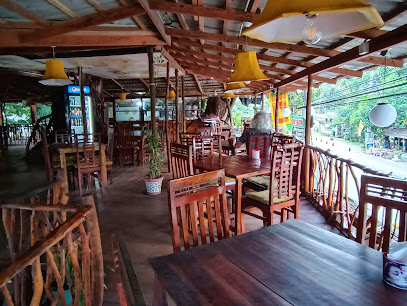
Pradeeprestaurant
0.9 km
Experience authentic Sri Lankan cuisine at Pradeep Restaurant in Sigiriya – where every meal is a journey into local flavors.
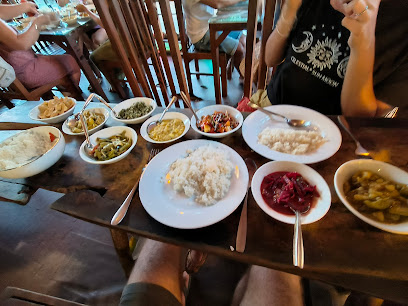
Markets, malls and hidden boutiques
Local crafts
0.7 km
Explore the vibrant local crafts of Sigiriya, featuring unique handmade treasures that showcase the artistry and culture of Sri Lanka.

Nilini cafe
0.7 km
Discover the sweet side of Sigiriya at Nilini Cafe, a delightful cake shop nestled near the iconic Sigiriya Rock Fortress.
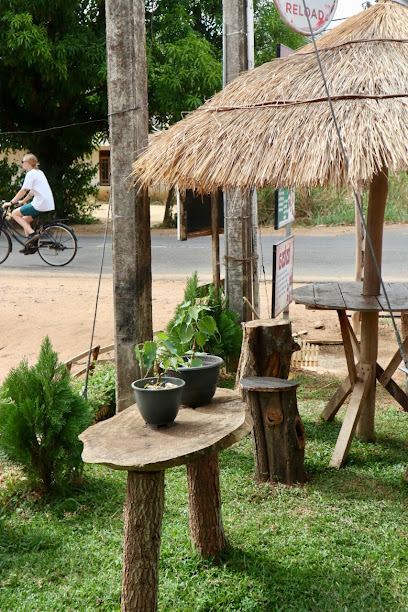
DOLF TATTOO
0.7 km
Experience the art of tattooing at Dolf Tattoo in Sigiriya, where your travel memories come to life through stunning body art.

Espresso Italiano
0.7 km
Discover the rich flavors of Sri Lanka at Espresso Italiano, the perfect coffee retreat in Sigiriya for every traveler.

Lanka Souvenirs
1.0 km
Explore the vibrant culture of Sri Lanka at Lanka Souvenirs, where unique handicrafts and local artistry await every traveler.
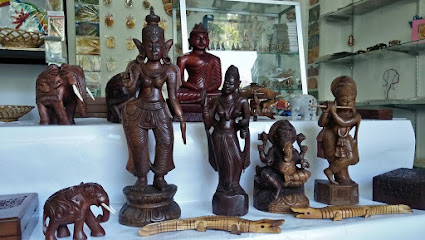
Wood Carving Work Shop
1.7 km
Explore the artistry of wood carvings in Sigiriya, where tradition meets craftsmanship in stunning handmade pieces.

සිතුවමක ඇ...
2.3 km
Explore the best of local craftsmanship and unique home goods in Sigiriya, where every item reflects the rich cultural heritage of Sri Lanka.
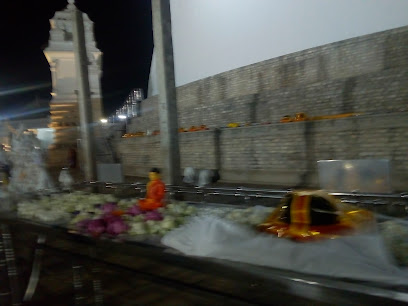
Bandara Stores
9.3 km
Explore the heart of Dambulla at Bandara Stores - a grocery haven for local flavors and unique souvenirs.
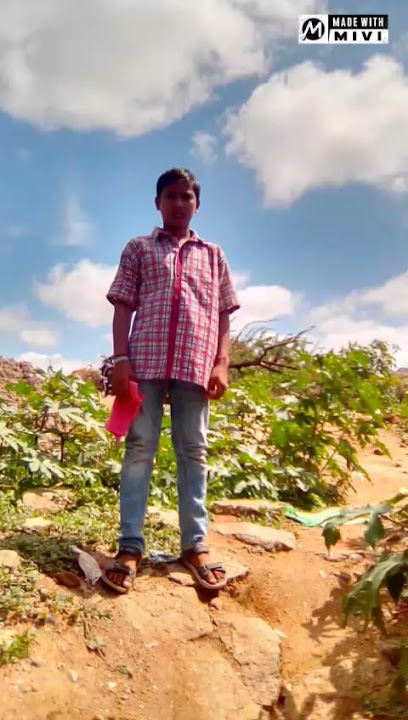
Raj talkies Sri Lanka
9.4 km
Explore the heart of Dambulla at Raj Talkies, a hub of local culture and craftsmanship in Sri Lanka.

Sujan Sujee
9.4 km
Explore the literary treasures of Sujan Sujee in Dambulla, a captivating book store offering a unique insight into Sri Lankan culture and literature.

Kundan
9.4 km
Explore Kundan in Dambulla for unique handcrafted souvenirs and authentic local products that highlight Sri Lankan culture.

Amal Dinusha
9.4 km
Discover the vibrant shopping experience at Amal Dinusha in Dambulla, where local culture meets unique craftsmanship and everyday essentials.

Mal Kade Palagolla
9.4 km
Explore Mal Kade Palagolla in Dambulla for authentic Sri Lankan crafts, local products, and a unique shopping experience that captures the island's rich culture.

Kirana dukaan Fiza general Store
9.4 km
Discover the authentic tastes of Sri Lanka at Kirana Dukaan Fiza, your go-to grocery store in Dambulla for local produce and culinary delights.

Aiswarya stores
9.4 km
Discover authentic Sri Lankan goods and local flavors at Aiswarya Stores, a must-visit shopping destination in the heart of Dambulla.

Essential bars & hidden hideouts
Gala Addara Cafe Sigiriya
0.7 km
Experience the authentic taste of Sri Lanka at Gala Addara Cafe Sigiriya, where local flavors and warm hospitality converge.
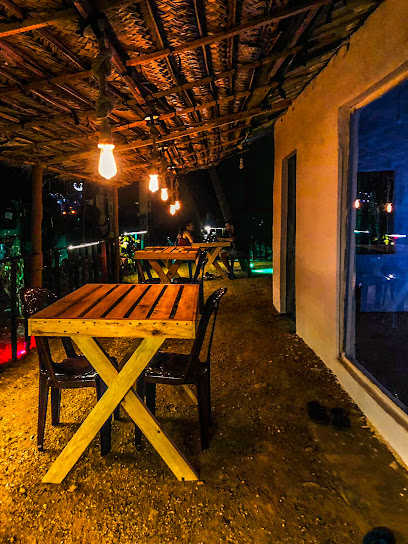
Café Bam Bam - The Restaurant & Bar Sigiriya
1.0 km
Discover Café Bam Bam in Sigiriya, where local flavors meet international cuisine in a serene setting near the iconic Sigiriya Rock.

The Tea Bar Sigiriya
1.3 km
Experience the essence of Sri Lanka at The Tea Bar Sigiriya, where exquisite teas and local flavors create a perfect retreat amidst lush landscapes.
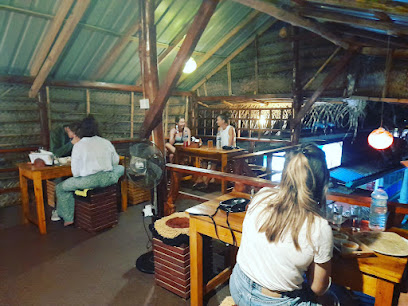
Samarakoon Hotel Sigiriya
1.3 km
Experience the rich flavors of Sri Lanka at Samarakoon Hotel Sigiriya, a perfect blend of local delicacies and stunning natural views.
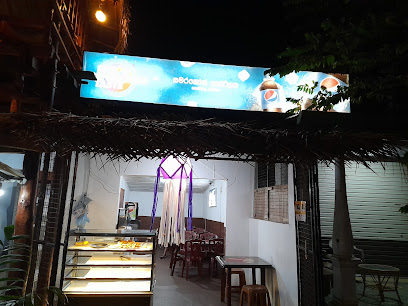
La Dolce Vita
1.5 km
Discover La Dolce Vita in Sigiriya - a vibrant bar and restaurant offering a menu filled with local and international delights, perfect for all dining occasions.
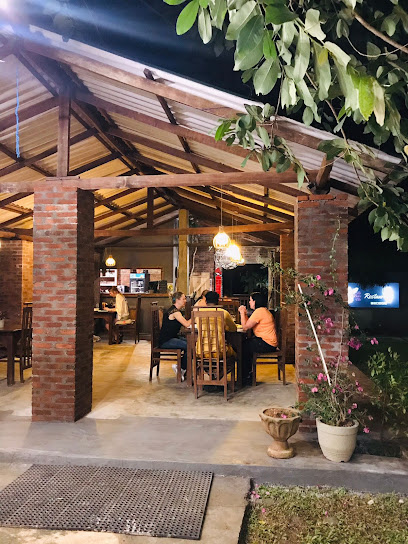
Gamigedara
2.1 km
Experience authentic Sri Lankan flavors at Gamigedara, a culinary haven in Sigiriya, perfect for food lovers and adventurers alike.
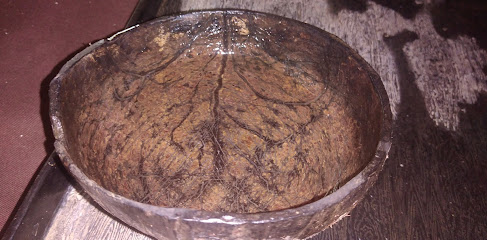
Island Vibes Lounge
2.2 km
Discover the enchanting Island Vibes Lounge in Sigiriya - a bohemian paradise offering delicious BBQ and refreshing cocktails amidst lush surroundings.
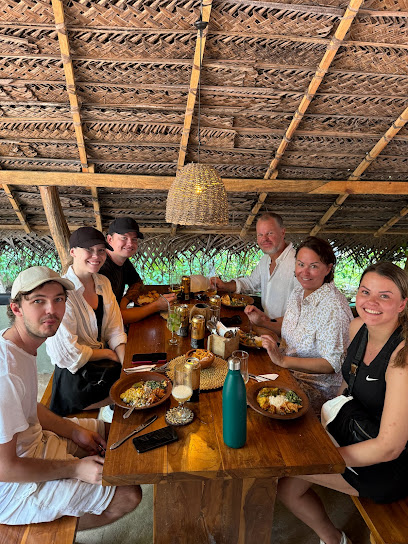
cappuccino bistro.
2.4 km
Discover Cappuccino Bistro in Sigiriya, a delightful cafe offering exceptional coffee, delicious food, and a cozy atmosphere perfect for relaxation.
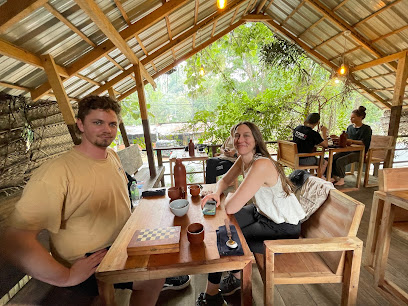
Kaluwara Restaurant (Ishy Restaurent) SIGIRIYA
2.5 km
Discover the rich flavors of Sri Lanka at Kaluwara Restaurant in Sigiriya, where every meal is a journey through local culinary traditions.
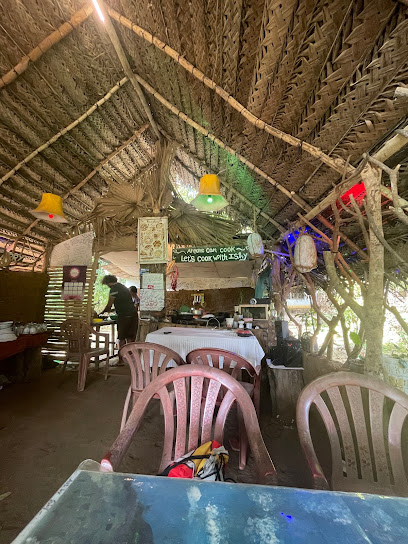
Ranithu Restaurant
2.9 km
Experience authentic Sri Lankan flavors at Ranithu Restaurant, a must-visit culinary gem near Sigiriya, perfect for travelers seeking taste and ambiance.

Coconut Shades Restaurant Sigiriya
3.3 km
Discover the authentic taste of Sri Lanka at Coconut Shades Restaurant in Sigiriya, where culinary delights meet breathtaking views.
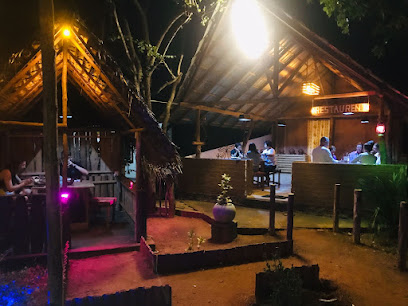
The Lion Kingdom Restaurant & Bar
5.4 km
Discover a culinary oasis in Dambulla at The Lion Kingdom Restaurant & Bar, serving exquisite local and international dishes in a warm, inviting atmosphere.

VISU VILLA BAR & RESTAURANT
8.2 km
Discover the unique charm of Visu Villa Bar & Restaurant in Habarana, where nature meets culinary excellence in a serene setting.
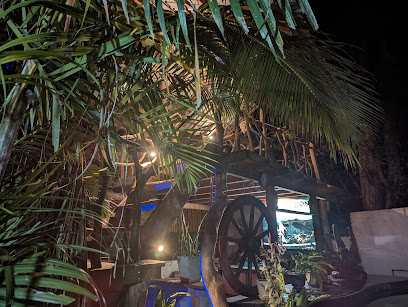
Pool Bar Al Forno
8.2 km
Discover relaxation and refreshment at Pool Bar Al Forno, an oasis for travelers in Dambulla, offering exquisite drinks and a tranquil atmosphere.

Chill & Swing
8.7 km
Discover the flavors of Sri Lanka at Chill & Swing, Habarana's premier dining destination with a vibrant atmosphere and exquisite dishes.




